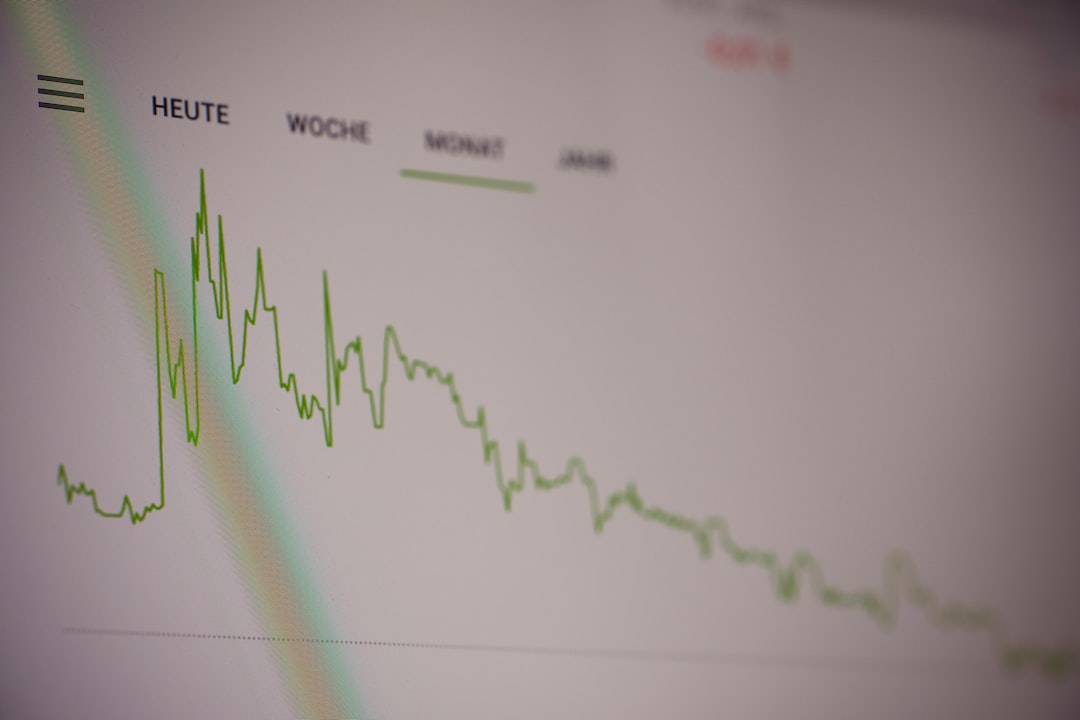Forex trading involves buying and selling currency pairs in order to make a profit. One of the most important aspects of forex trading is the ability to identify trends. A trend is a direction in which the market is moving, and understanding when a trend is forming can help traders make informed decisions about when to enter or exit a trade. In this article, we will explore how to determine when a forex trend is forming.
What is a Forex Trend?
A trend is a recurring pattern in the forex market that shows the direction in which the market is moving. Trends can be broadly classified into three categories: uptrend, downtrend, and sideways trend. An uptrend is characterized by higher highs and higher lows, while a downtrend is characterized by lower highs and lower lows. A sideways trend, also known as a range-bound market, is where the price moves within a horizontal channel.
Why is Trend Analysis Important in Forex Trading?
Trend analysis is an essential tool for forex traders as it helps them to identify potential trading opportunities. By understanding the direction of the market, traders can enter trades at the right time and maximize their profits. Trend analysis can also help traders to avoid losses by identifying points where the market is likely to reverse.
How to Determine When a Forex Trend is Forming?
1. Price Action Analysis
Price action analysis is a popular method for determining when a forex trend is forming. This method involves studying the movement of price on a forex chart to identify patterns that indicate the direction of the market. Traders can use various chart patterns, such as support and resistance levels, to determine when a trend is forming.
When the price breaks above a resistance level, it is an indication that the market is moving upwards, and an uptrend is forming. Conversely, when the price breaks below a support level, it is an indication that the market is moving downwards, and a downtrend is forming.
2. Moving Averages
Moving averages are another popular tool for determining when a forex trend is forming. A moving average is a line that shows the average price of a currency pair over a specified period. Traders can use moving averages to identify the direction of the market by looking at the position of the price relative to the moving average.
When the price is above the moving average, it is an indication that the market is moving upwards, and an uptrend is forming. Conversely, when the price is below the moving average, it is an indication that the market is moving downwards, and a downtrend is forming.
3. Trendlines
Trendlines are another tool that traders can use to determine when a forex trend is forming. A trendline is a straight line that connects two or more price points on a chart. Traders can draw trendlines to identify the direction of the market.
When the price is moving upwards and the trendline is sloping upwards, it is an indication that the market is in an uptrend. Conversely, when the price is moving downwards and the trendline is sloping downwards, it is an indication that the market is in a downtrend.
4. Oscillators
Oscillators are technical indicators that traders can use to determine when a forex trend is forming. Oscillators measure the momentum of the market and can help traders identify potential turning points in the market.
When an oscillator is moving upwards, it is an indication that the market is in an uptrend. Conversely, when an oscillator is moving downwards, it is an indication that the market is in a downtrend.
Conclusion
Determining when a forex trend is forming is essential for successful forex trading. Traders can use various tools, such as price action analysis, moving averages, trendlines, and oscillators, to identify the direction of the market. By understanding when a trend is forming, traders can enter trades at the right time and maximize their profits.





